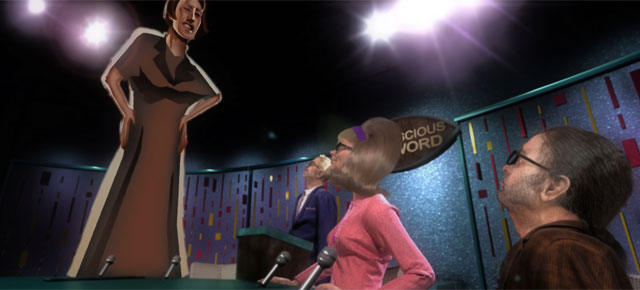
Welcome to the Uncanny Valley: A sneak peek at Chris Landreth’s new film, Subconscious Password
Welcome to the Uncanny Valley: A sneak peek at Chris Landreth’s new film, Subconscious Password
The following is a guest post from Oscar®-winning filmmaker Chris Landreth about his upcoming release, Subconscious Password.
***
Subconscious Password, my latest short film, travels to the inner mind of a fellow named Charles Langford, as he struggles to remember the name of his friend at a party. In his subconscious, he encounters a game show, populated with special guest stars: archetypes, icons, distant memories, who try to help him find the connection he needs: His friend’s name.
The film is a psychological romp into a person’s inner mind where (I hope) you will see something of your own mind working, thinking, feeling. Even during a mundane act like remembering the name of an acquaintance at a party, someone you only vaguely remember. To me, mundane accomplishments like these are miracles we all experience many times each day.
Here’s an excerpt from the film:
As you can probably tell, these characters are not real people; they’re CG-animated synthetic actors. You know this because although they’re realistic, they don’t quite move and look like real people.
Welcome to the Uncanny Valley
Many of you know what this is. The Uncanny Valley describes a common problem that audiences have with CG-animated characters. Here’s a graph that shows this:
Follow the curvy line from the lower left. If a character is simple (like a stick figure) we have little or no empathy with it. A more complex character, like Snow White or Pixar’s Mr. Incredible, gives us more human-like mannerisms for us to identify with.
But then the Uncanny Valley kicks in. That curvy line changes direction, plunging downwards. This is the pit into which many characters from The Polar Express, Final Fantasy and Mars Needs Moms fall. We stop empathizing with these characters. They are unintentionally disturbing, like moving corpses. This is a big problem with realistic CGI characters: that unshakable perception that they are animated zombies.
We often settle on one adjective to describe this perception: “Creepy.” Once that word becomes part of your vocabulary for a film’s characters, it’s Game Over for that film.
I think the Uncanny Valley is really about our instinct for trust and honesty in imagery. Snow White is clearly a hand-drawn character. She is honest about her non-humanness — so we willingly overlook the artifice of her appearance, and trust her. The characters in The Polar Express are not honest. On a certain level we’re told to believe that they’re real, but we can feel that they’re not — their eyes don’t move quite right, their movements are slightly too fluid. We instinctively feel that we’re being hoodwinked by the filmmakers, and we stop trusting: “That’s creepy.”
Because of this, the allure of realistic human CG characters has greatly diminished over the last 10 years or so. You still see these CG characters in high-end games, and extras in live-action movies, and as the occasional villain in feature films (think Jeff Bridges’ doppelganger in Tron Legacy), but not as lead characters in animated movies. No one is likely to bring back Hero Boy from The Polar Express anytime soon. The value of land in the Uncanny Valley has plunged to zero. There are no buyers.
Well, except perhaps me.
Some of you know that my films have a certain obsession with visual realism with their human characters. I like doing this. I find value in this realism that goes beyond simply copying what humans look and act like. If used intelligently and with imagination, realism can capture something deeper, something weird and emotional and psychological about our collective experience on this planet. But it has to be honest. That’s hard.
When making this film, we knew we were going into the Uncanny Valley. We did it because your subconscious processes, and mine, are like this valley. We project our waking world into our subconscious minds. The ‘characters’ in this inner world are realistic approximations of actual people, without actually being real. This is the miracle of how we get by. My protagonist, Charles, has a mixture of both realistic approximations and crazy warped versions of the people and icons in his life. He is indeed a bit off-kilter. But he gets by, like most of us do. As you probably have guessed, both Charles and the Host are self-portraits. I want to be honest in showing you this world. My own Uncanny Valley. You have one too. It’s something to celebrate.
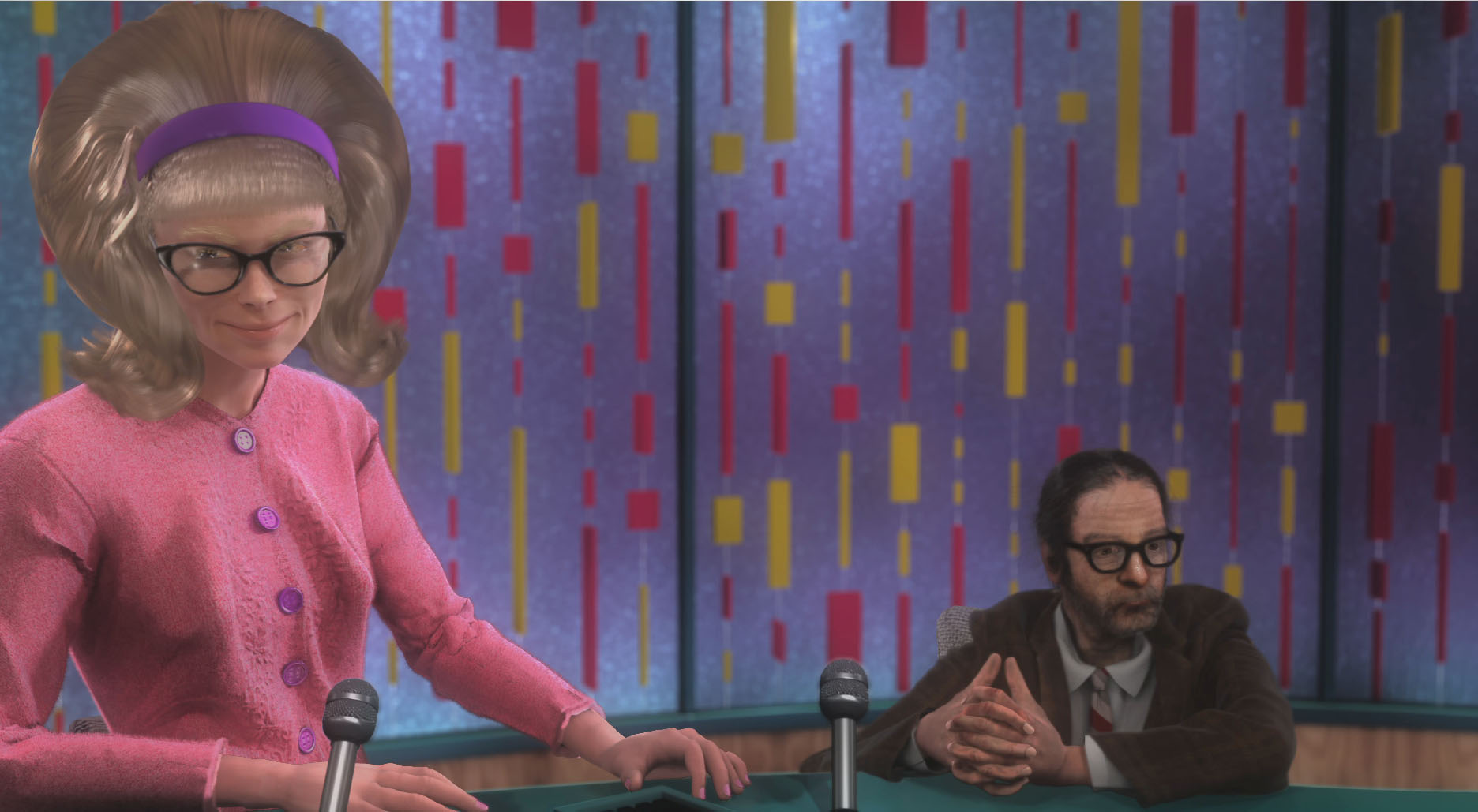 Subconscious Password goes into this forbidden Valley on purpose. And why not? The land there is cheap; nobody wants to be there today. But perhaps we’ll see that there’s some farmable land here after all.
Subconscious Password goes into this forbidden Valley on purpose. And why not? The land there is cheap; nobody wants to be there today. But perhaps we’ll see that there’s some farmable land here after all.
Subconscious Password, Chris Landreth, provided by the National Film Board of Canada
****
Photo Credits:
The image from Mars Needs Moms is courtesy of Screencave.com.
The image from Polar Express is courtesy of Wikia.com.
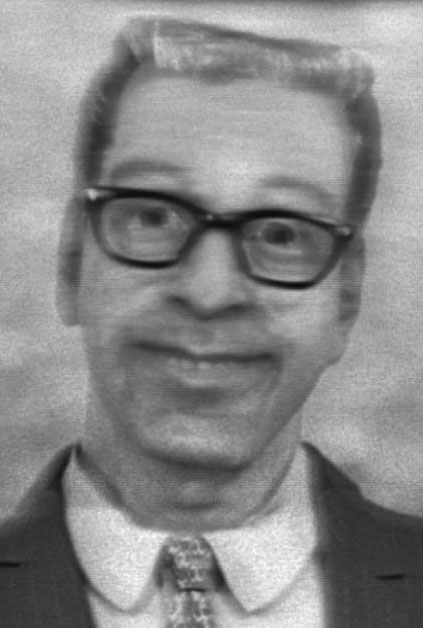
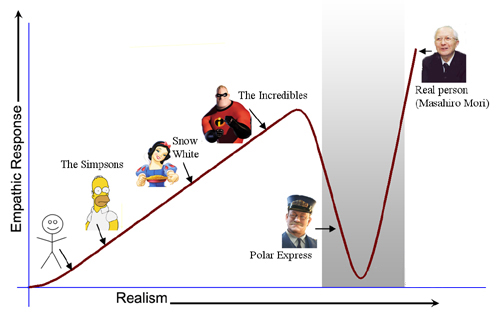
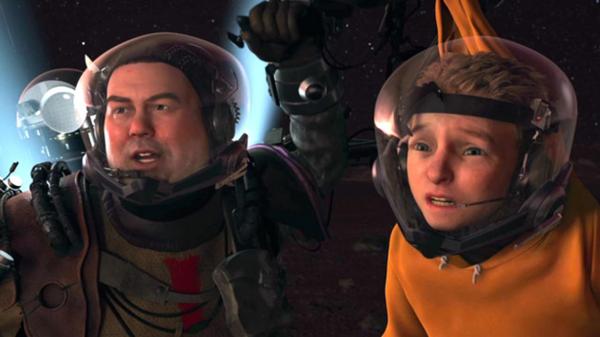
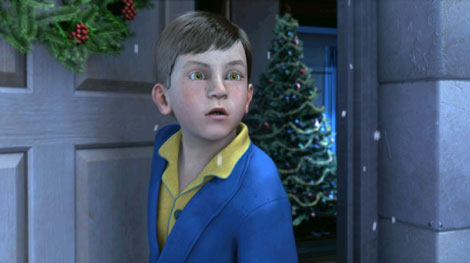
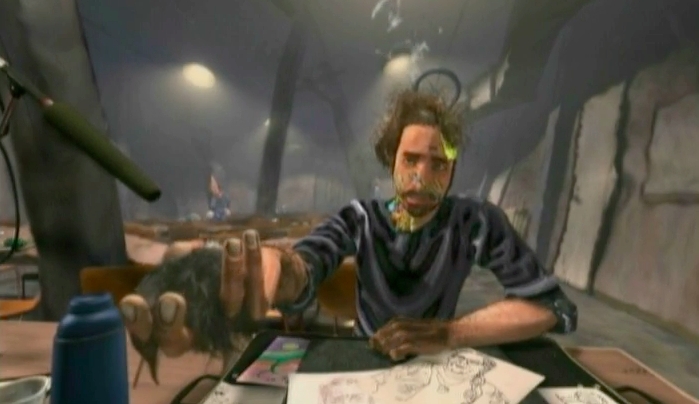


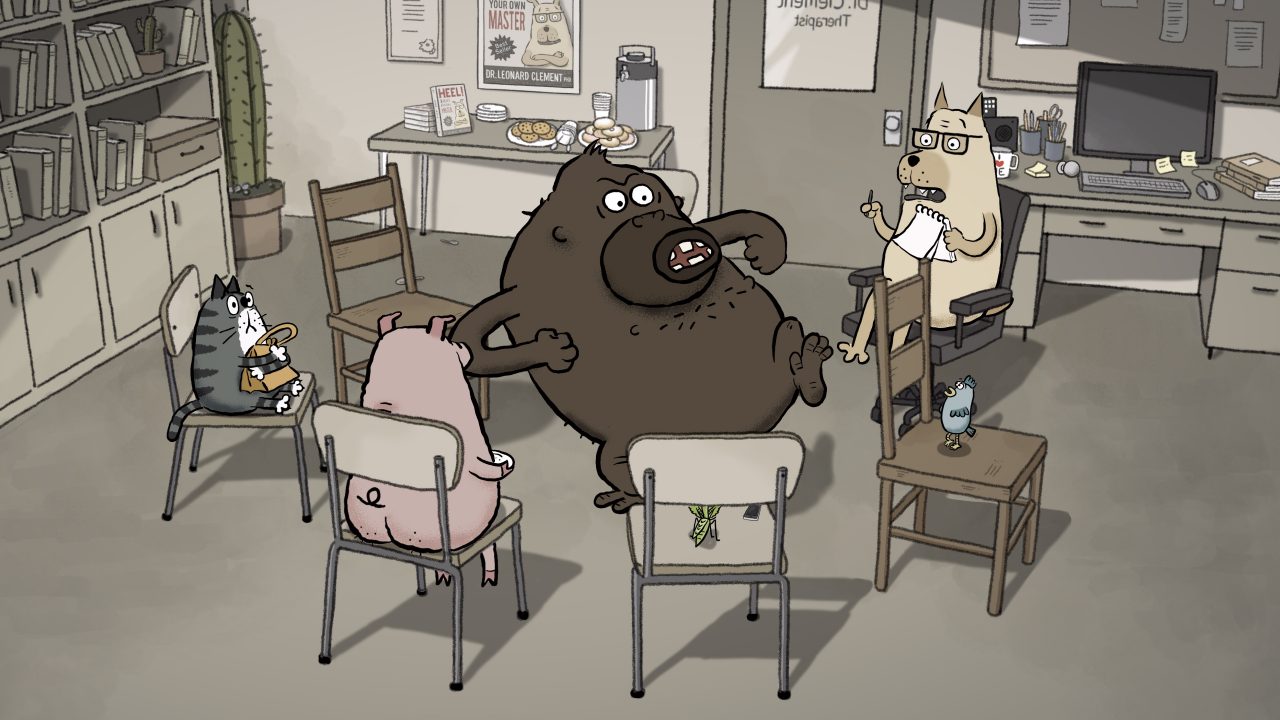

Hey Chris! It’s such a nice article, the 3D animation movie references you have given are amazing as well. Goodluck for the future
So happy and looking forward to your new film, Chris. Such an inspiration!